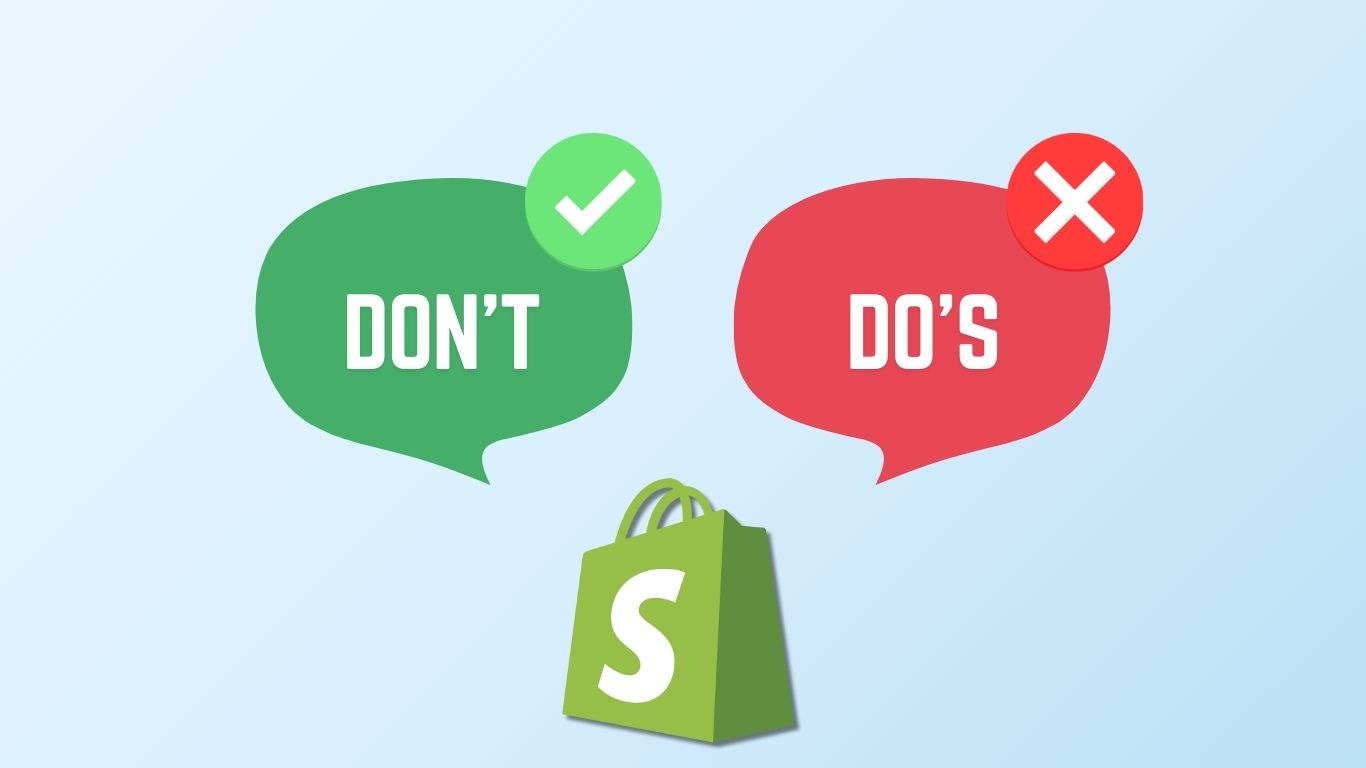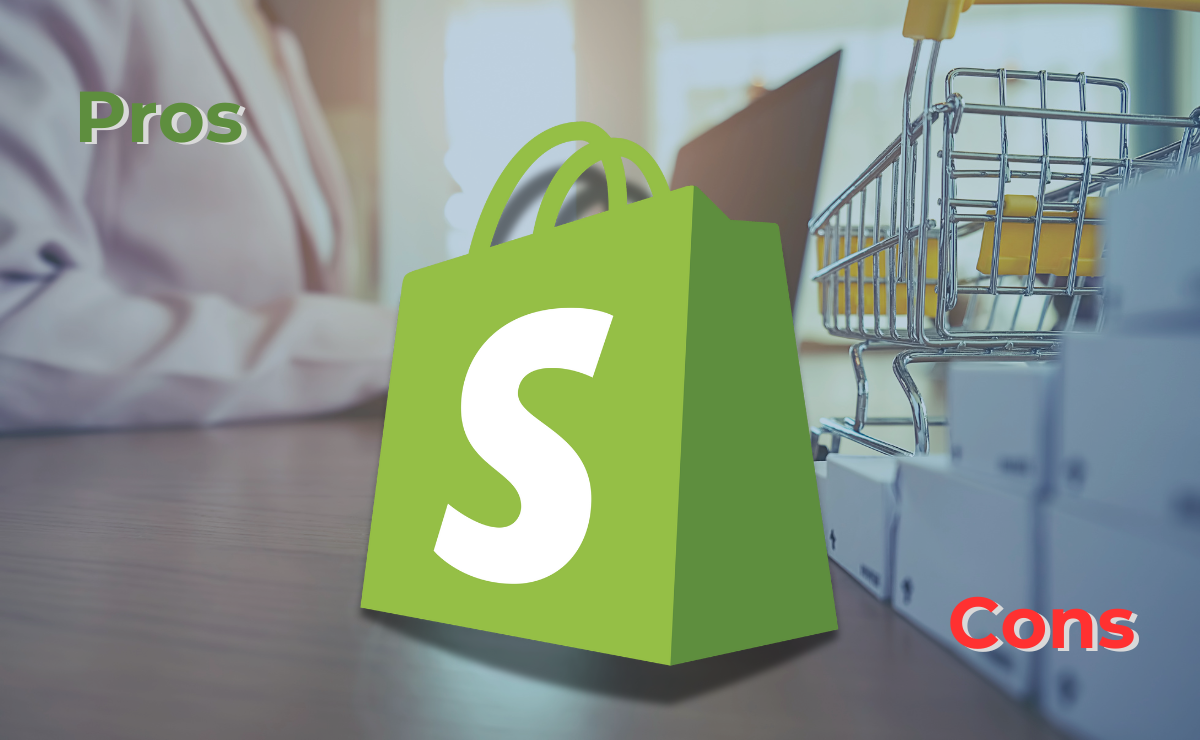
WooCommerce vs Shopify: An In-Depth Comparison for eCommerce Sellers
- 2025-07-16
-
0

Setting up an online store is one of the most exciting yet critical steps for any ecommerce business. Choosing the right e-commerce platform plays a significant role in your success. There’s no shortage of options, but two names consistently dominate the conversation for ecommerce sellers globally: WooCommerce and Shopify. If you’re targeting the UK market, you’ll also see a surge in resources and opportunities focused on Shopify UK ecommerce, making it an incredibly popular choice among ambitious entrepreneurs!
This blog will thoroughly compare both platforms, focusing on cost, market share, SEO capabilities, transaction fees, and ease of use. Whether you’re just starting or looking to scale your ecommerce business, this in-depth analysis will help you make an informed decision.
What Are WooCommerce and Shopify
Before we dig deeper, here’s a brief overview of both platforms.
WooCommerce is a free, open-source plugin designed for WordPress, allowing you to convert a standard site into a fully-functioning online store. It’s renowned for its flexibility and customisation capabilities, making it a powerful choice for those wanting complete control over their store.
Shopify, on the other hand, operates as an all-in-one hosted platform offering everything you need to design, launch, and manage your online store. Its simplicity and user-friendliness are the core appeals, perfect for entrepreneurs who want a straightforward setup.
Now that we know what they are, let's evaluate how they compare across key areas.
WooCommerce vs Shopify Cost
One of the most significant considerations for ecommerce sellers is cost, especially since profit margins can be tight depending on your supplier and niche.
WooCommerce
-
Free to Use: WooCommerce itself is free, but additional costs come from buying hosting for your WordPress site, a domain name, premium themes, and paid extensions.
-
Variable Costs: Expect to pay as little as £10 per month for budget hosting or £30-£50 per month on more robust hosting solutions with added features and speeds.
Shopify
-
Subscription Pricing: Shopify plans start at $29 per month, with higher-tier offerings (Shopify Plus) costing upwards of $2,000 monthly for large businesses.
-
Additional Expenses: Custom themes, third-party apps, and advanced analytics tools may lead to added monthly charges depending on the complexity of your store.
Verdict on Cost
Shopify offers an attractive all-in-one package but can quickly become expensive as you expand. WooCommerce offers greater cost control by allowing ecommerce sellers to scale costs according to business needs.
Shopify vs WooCommerce Market Share
When looking at adoption among ecommerce sellers, market share data is essential for assessing perceptions of reliability and scalability.
-
WooCommerce holds nearly 23% of all online stores globally, largely because it’s free and open-source. It’s a favourite among independent business owners and tech-savvy users.
-
Shopify, while slightly behind WooCommerce globally at 21% market share, dominates hosted platforms, thanks to its powerful marketing and ease of use. For those focusing on Shopify UK online stores, the local support and resources can provide a competitive edge in the British market.
Both platforms are industry leaders, but WooCommerce’s open-ended nature makes it appealing to a larger number of online entrepreneurs overall.
Shopify SEO vs WooCommerce SEO
For ecommerce sellers, especially those focusing on organic growth, SEO is crucial. Both platforms excel in SEO but offer different advantages.
WooCommerce
-
Full control over SEO configurations using WordPress plugins like Yoast SEO or Rank Math.
-
Ability to create highly customised, content-driven pages and blogs for added SEO value.
-
Complete control over site speed, provided you're using strong hosting.
Shopify
-
Built-in SEO tools such as automatic sitemap.xml updates and customisable title tags/meta descriptions.
-
Faster page speeds out of the box compared to some poorly optimised WordPress-hosted WooCommerce stores.
Verdict on SEO
WooCommerce excels for users who prioritise flexibility and advanced SEO setups, while Shopify stands strong for users keen on simplicity with reliable baseline tools.
Shopify vs WooCommerce Transaction Fees
Transaction fees can quietly eat into your profit margins if you’re not careful. Here’s how the two stack up.
WooCommerce
-
WooCommerce itself doesn't charge transaction fees, but payment gateways like Stripe or PayPal will take a percentage. Fees can range from 1.4%-2.9% in most cases.
-
You can integrate almost any payment gateway, allowing for affordable, location-specific solutions.
Shopify
-
Shopify Payments offers competitive transaction fees ranging from 2.9% for Basic plans to 2.4% for Advanced plans. However, using third-party gateways adds a 2% Shopify surcharge.
-
Shopify’s transaction fees can accumulate quickly if you're scaling and rely on external gateways.
Verdict on Transaction Fees
WooCommerce shines here for its flexibility and lack of compulsory platform-imposed fees. Shopify is more restrictive, penalising users if they choose alternative payment methods.
Ease of Use Shopify vs WooCommerce for Beginners
Ease of use is often a decisive factor for ecommerce sellers, especially for beginners unfamiliar with coding.
WooCommerce
-
Offers steep customisation options but requires technical knowledge for setup.
-
Beginners may find managing hosting, SSL certificates, and plugins overwhelming.
Shopify
-
Intuitive, drag-and-drop functionality makes Shopify highly user-friendly.
-
Everything is bundled together, from hosting to security, with dedicated customer service if you get stuck.
Verdict on Ease of Use
Shopify is the ideal choice for beginners looking to get their stores online without much hassle, while WooCommerce appeals to experienced users comfortable with a more hands-on approach.
WooCommerce vs Shopify for eCommerce
Finally, which platform fares better for eCommerce?
-
WooCommerce offers dedicated product sourcing & fulfillment plugins like AliDropship and WooDropship, allowing seamless integration with suppliers like AliExpress.
-
Shopify works exceptionally for supplier integration through apps like Oberlo (now part of Shopify) or Spocket. It simplifies supplier connections but typically incurs higher costs due to app subscriptions.
If you’re a beginner or managing a smaller store, Shopify’s setup simplicity and app availability are ideal. WooCommerce is better suited for advanced ecommerce sellers who need full control and technical flexibility. For entrepreneurs exploring Shopify UK ecommerce, the ability to tap into local suppliers, fulfilment options, and regional market insights is a strong advantage.
Shopify vs WooCommerce: Pros and Cons for eCommerce
When choosing the best platform for your ecommerce business, it’s essential to weigh the pros and cons of Shopify ecommerce versus WooCommerce. Both have unique strengths and trade-offs suited to different needs.
Make the Choice That Matches Your Vision
WooCommerce: Flexibility and Full Control
WooCommerce is a WordPress plugin that gives you complete customization over your online store. Perfect for those who want full ownership and control, WooCommerce allows you to design and tweak every element of your shop. It’s a top choice for entrepreneurs who value flexibility and want to scale their business on their own terms.
Pros:
-
Total customization—shape your store exactly how you envision it.
-
Lower ongoing costs if you’re comfortable managing hosting and updates.
-
Access to a vast library of plugins and integrations for advanced functionality.
-
Open-source platform with strong community support.
Cons:
-
Requires technical knowledge, especially for setup and maintenance.
-
You’re responsible for hosting, security, backups, and updates.
-
Managing plugins can become complex as your store grows.
-
No dedicated support team—reliance on forums and documentation.
Best for: Entrepreneurs who want full control, scalability, and customization options while being comfortable with technical management.
Choosing between WooCommerce and Shopify depends on your business needs, technical skillset, and budget. Each platform offers exceptional tools for ecommerce sellers, but their features cater to slightly different priorities.
Shopify: Simplicity and Speed
Shopify is designed for ease of use, making it a great option for beginners or businesses that need to launch quickly. Its user-friendly setup and reliable customer support allow you to create a professional-looking store without technical hurdles. Shopify also provides a seamless app ecosystem and built-in tools for a smooth ecommerce experience.
Pros:
-
Intuitive and beginner-friendly, with fast setup.
-
Seamless supplier integration and automated order fulfillment.
-
Secure hosting and built-in payment gateways simplify operations.
-
Access to a large app ecosystem for added functionality.
Cons:
-
Higher ongoing costs, including monthly fees and app expenses.
-
Limited flexibility for deep customizations.
-
Less control over store design and features compared to WooCommerce.
Best for: Businesses that value speed, simplicity, and reliability without needing advanced customizations.
Shopify provides a streamlined experience for beginners seeking simplicity and fast execution. On the other hand, WooCommerce empowers users to customise and scale affordably with full control.
Which Platform is Right for You?
If you prioritize flexibility, control, and long-term scalability, WooCommerce is a great option—especially if you’re comfortable handling the technical side of things. On the other hand, if simplicity, ease of use, and fast setup are your main concerns, Shopify is an excellent choice. Both platforms have their strengths, so the decision ultimately comes down to your business goals and technical expertise.
Want to optimise your ecommerce strategy and uncover tools that make scaling effortless? Sign up for Scout now to master market trends, optimise listings, and boost profitability!
like?









